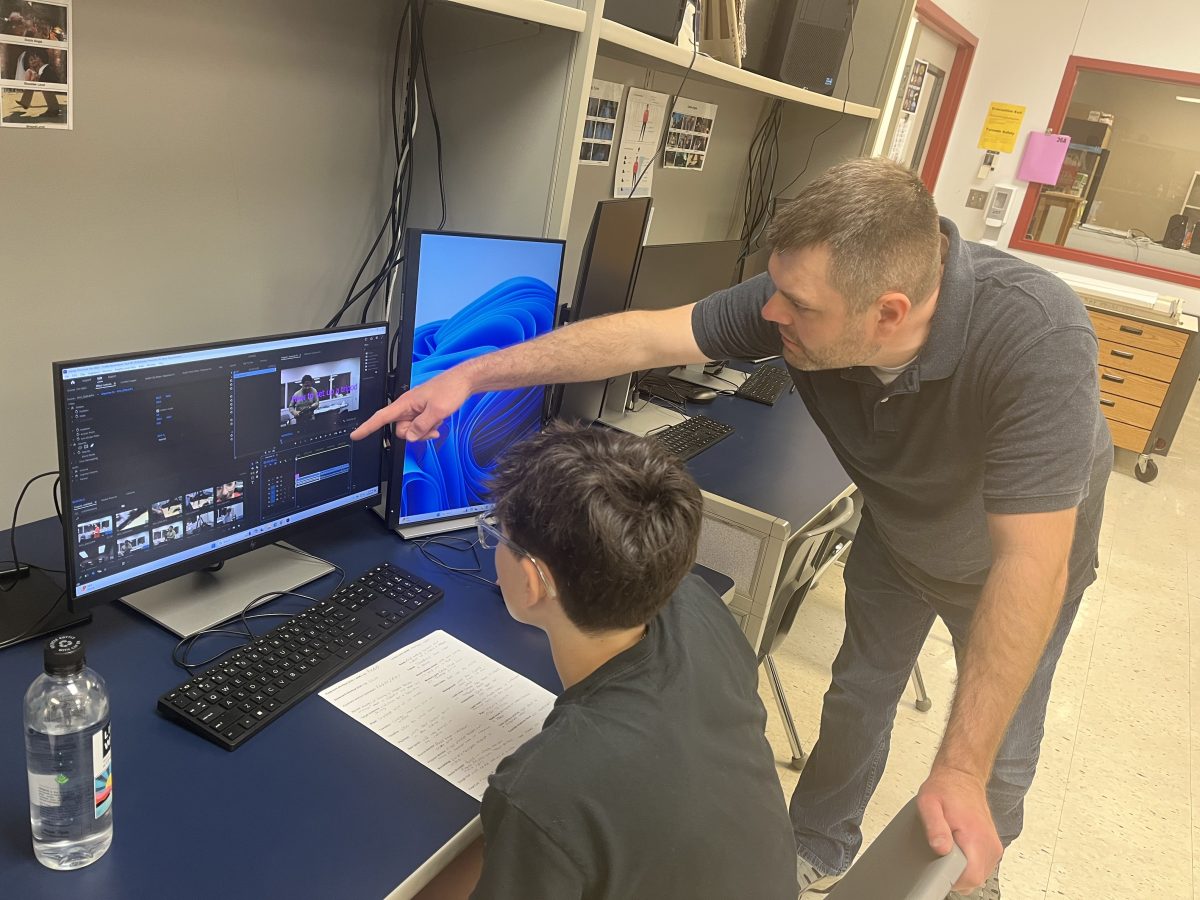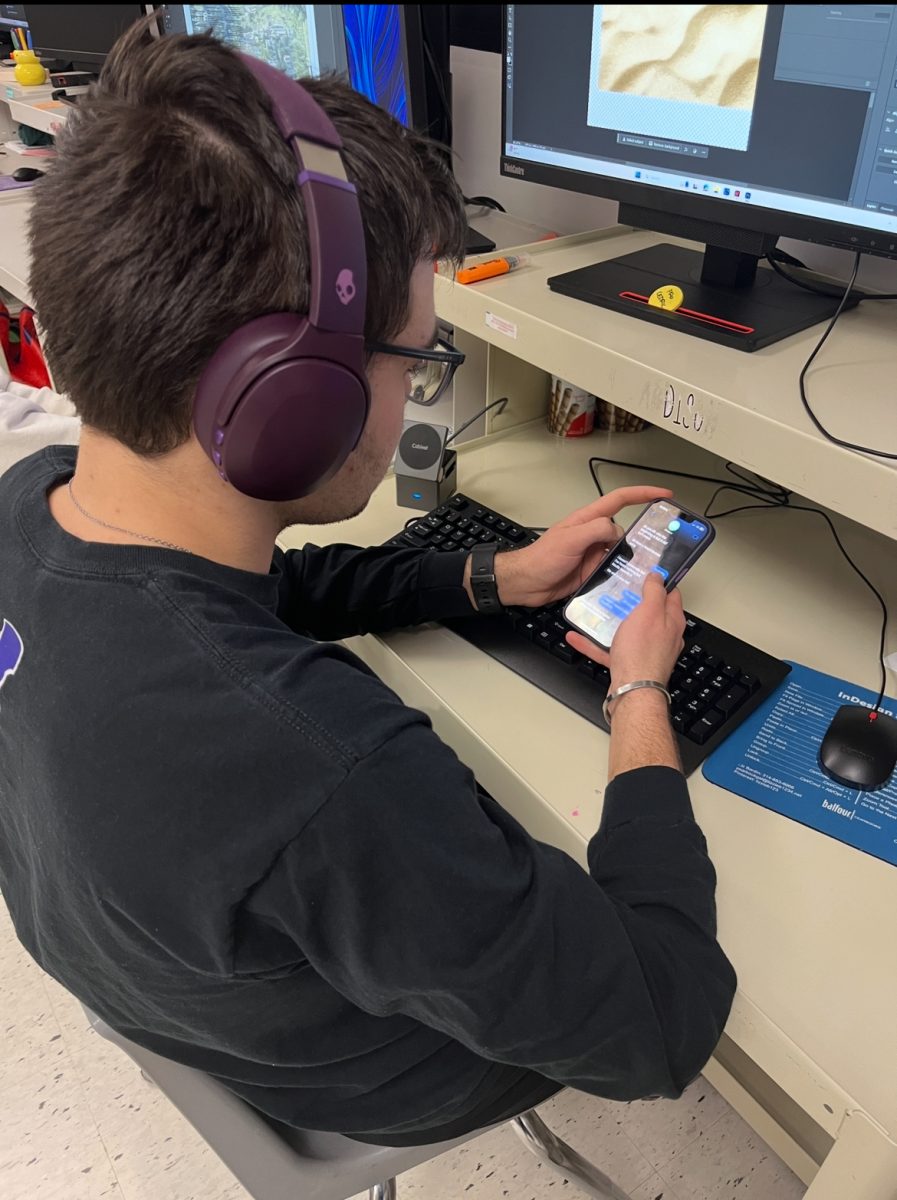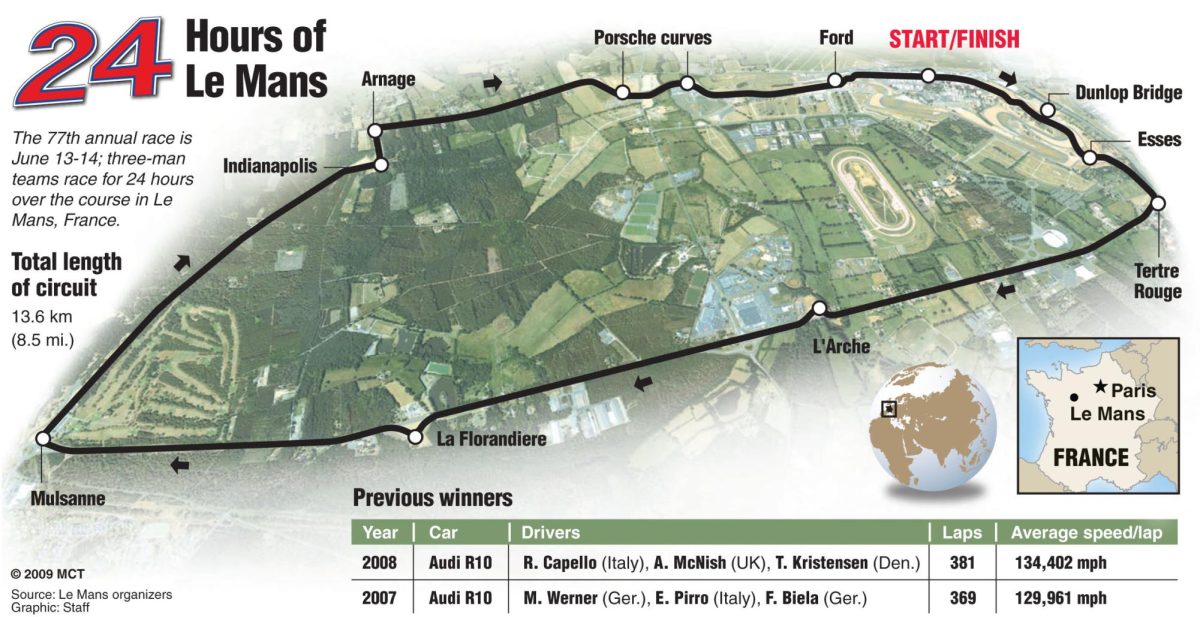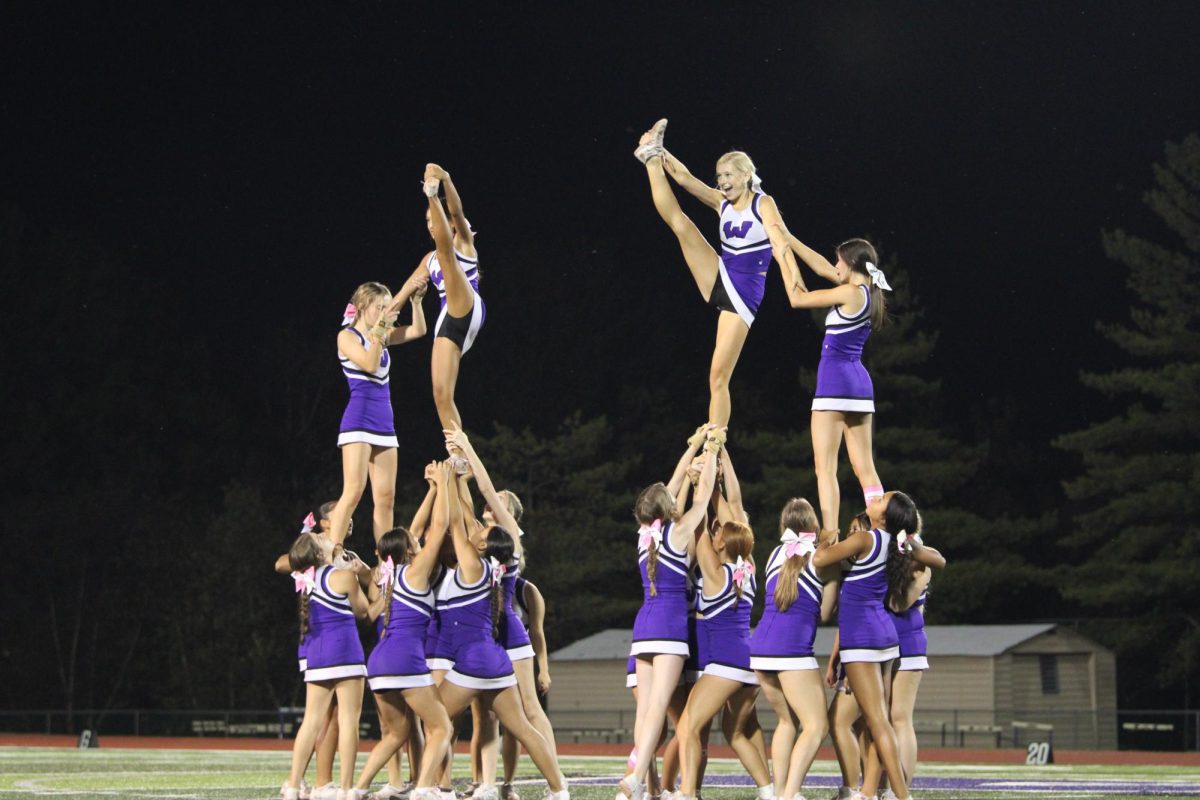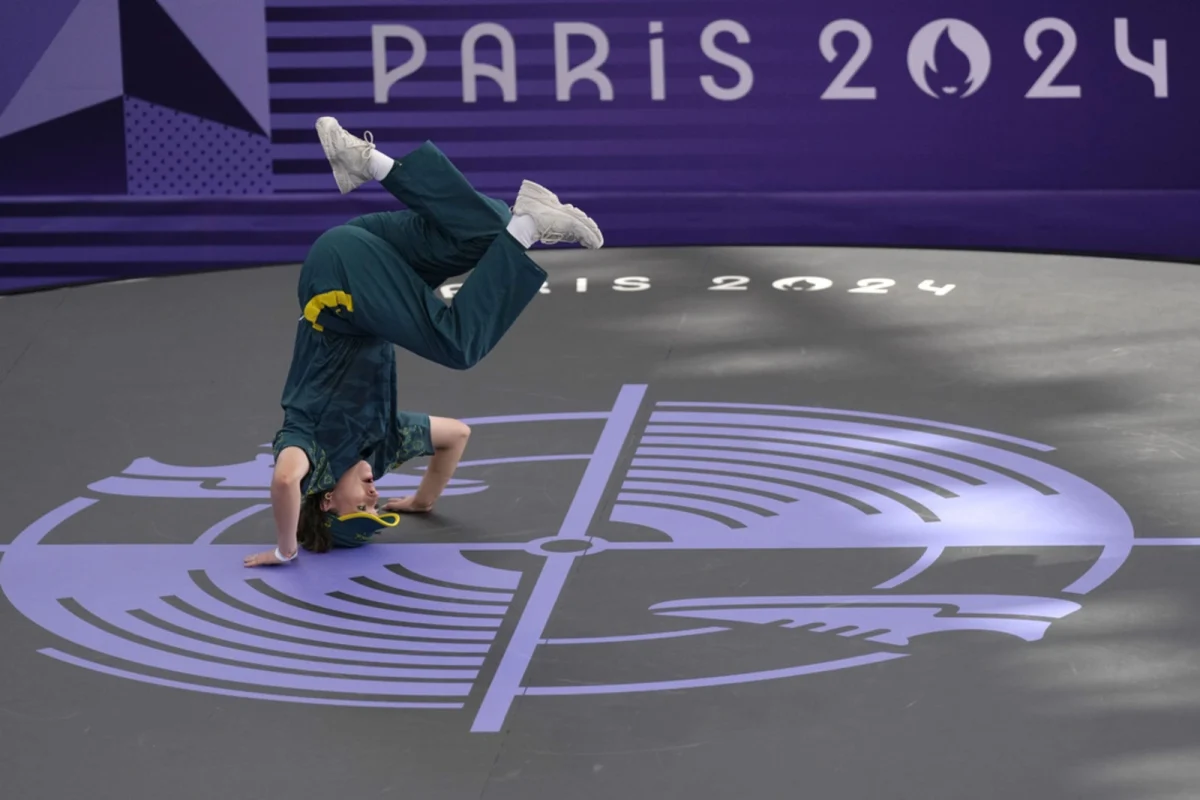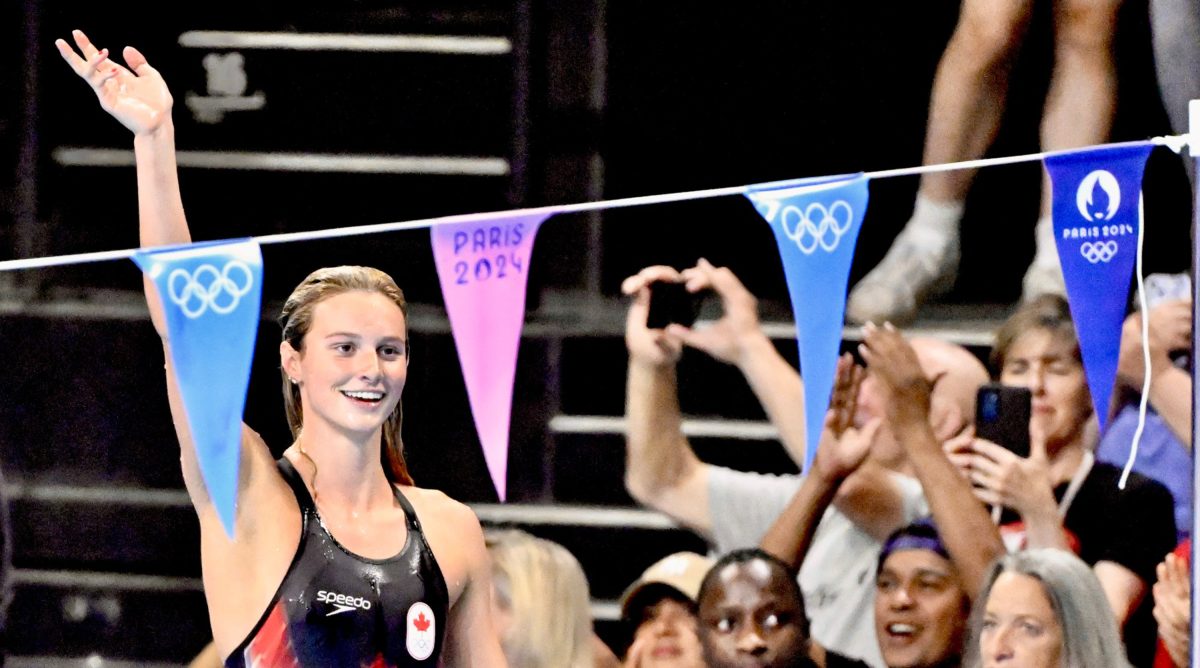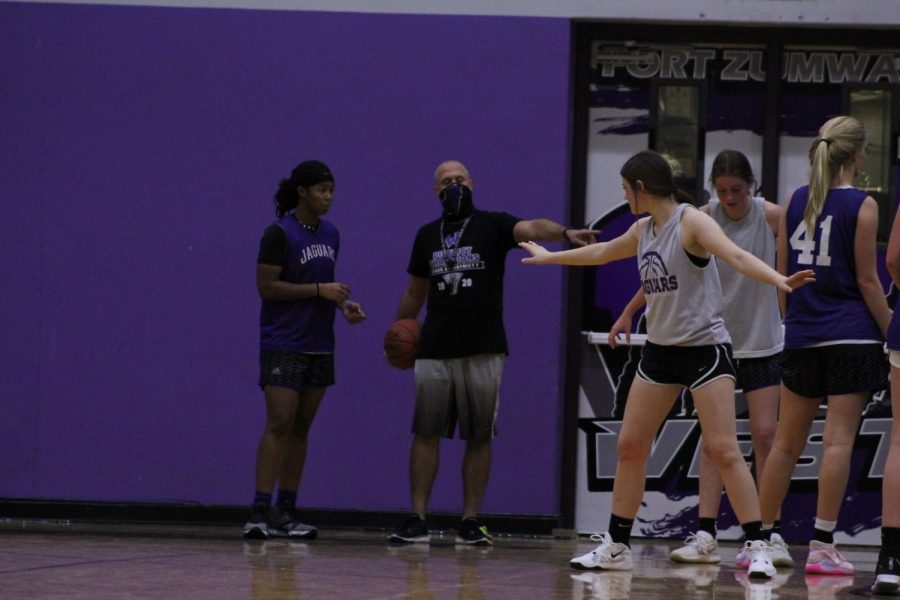Coaching 101
How the style of coaching has evolved over the years
Towers directing a play during a scrimmage.
Sports are constantly changing and adapting. In order for athletes to keep up with the perpetual advancement of their sport, they need coaches that can help guide them to success.
Methods of coaching from 10-20 years ago look significantly different than they do now. Many coaches at the time were tough, disciplined and strict. This approach sometimes had negative effects on the athletes
“Coaching was telling the athletes what to do and punishing them when they don’t,” tennis coach David Behlmann said. “There was not much teaching and more management. Athletes never got the teaching that enables them to get better. Trying new things and failing was a fast track to the bench.”
Past coaches also placed a lot of emphasis on winning, rather than individual improvement or self-growth. Instead of building relationships with and among athletes, coaches acted with a “play to win” mindset which could sometimes be detrimental to an athlete or a team.
“The coach’s main job seemed to be focused on winning, more than it is today,” basketball coach Chad Towers said. “Whether it benefited the player individually or not, things were done to help the team win the way the coach felt it was best– no questions asked.”
In contrast, most modern-day coaches choose to focus more on improving their athletes’ skills and abilities rather than winning.
“I think sometimes athletes get caught up in the end result, and they forget about the work that goes into creating the end result,” golf coach Michael DeYoung said. “You don’t practice to lose, but at the same time, you’re not always going to win. What you’re looking for is performance. Some things are in your control, some things aren’t in your control. You can only do so much.”
Not only has coaching changed, but athletes and competing have changed as well. Coaches have to take this into consideration when they are working with their athletes.
“Today’s athletes are different from my days in high school,” tennis and wrestling coach Mark Olson said. “Today they have a lot more outside distractions. Everyone was a multi-sport athlete in my day; now you must pick one and do it all year long to be competitive.”
Regardless of how they feel about their past coaches, modern coaches take what they learned as an athlete and incorporate it into their coaching. They pick and choose what they want to do similarly and what they want to change when it comes to their coaching style.
“I feel like I communicate better with my players than some of my coaches did,” volleyball coach Shayla Hanneke said. “Communication was a big point of frustration for me when I was playing, so I work hard on communicating well with my players.”
Coaches have also started moving towards positive coaching and mental preparation. Instead of pushing players to win, coaches are pushing players to learn and improve, physically and mentally. As a positive coaching school, the school’s coaches try to create a positive learning environment for their athletes on and off the field.
“I want to see every athlete improve relative to their early performances and learn the life lessons that sport can teach,” cross country coach John Cunningham said. “We have a team meeting each week where we recognize the accomplishments of the team at large, give information, and teach mental preparation and life lessons.”
In general, coaching has transitioned from punishment to positivity. Today’s coaches have taken what they have learned from their experiences as an athlete and a coach to develop their unique coaching style that they think is best to accomplish their goals as a coach and educator in hopes of making a lasting impact on their athletes and their lives.
“It’s preparation for what you’re going to be up against once you walk out of high school,” DeYoung said. “You’re always going to be competing, whether it’s to get into college or whether it’s for a job. It’s a part of your character, and [you have to be] willing to do the work and understand that sometimes there’s going to be some disappointment. If you haven’t learned that by the time you walk out of high school, it’s going to be a tough lesson to learn as a young adult.”
Q&A:
Describe coaching when you were in high school or college.
“Coaching when I was in high school and college was more authoritarian,” Towers said. “There was the coach’s way and we didn’t question it. Whether it benefited the player individually or not, things were done to help the team win the way the coach felt it was best– no questions asked. The coach’s main job seemed to be focused on winning, more than it is today. It taught us to respect authority, to understand boundaries and roles. It sometimes could be demeaning towards players. It also puts too much emphasis on the result of winning– sometimes at all costs.”
“Most of My coaches in high school yelled at us a lot,” Hardy said. “That usually got us to do what we needed to do to get better in football and wrestling. My baseball coach didn’t yell at us, but he did often try to make us look bad when we made mistakes. A couple of my wrestling coaches and football coaches would give positive feedback when we did good things in a game or practice. One of my wrestling coaches was always positive and only had good things to say; he would also joke with us when we lost or were having a bad day.”
“I had a couple of different coaches in high school,” Cunningham said. “One was very old school and the other was quite a bit younger so he joked around with the team a bit more. Both were very good and knowledgeable and helped us find success. My college coach was very much focused on mental preparation. Once you understood what he was teaching it was very helpful.”
“Some of my coaches had a more positive mindset and tried to encourage girls by complimenting when they did things right or correcting if they did things wrong,” Hanneke said. “Others took the approach of punishment to encourage girls to not do this particular thing again.”
“How I was coached was pretty firm. Expectations were high. It wasn’t a lot of yelling and screaming, which I think some coaches get a bad rep. One of the unusual parts of my high school experience was that my dad was my coach. So for me, I think the expectations were a little higher because he probably didn’t want to take any blowback from favoritism or nepotism. I got a lot of ‘Oh, your dad’s the coach and that’s why you made the team’ but after a few minutes I pretty much convinced them why I was.”
Describe how you coach now.
“All of the coaches I had helped me develop my style,” Cunningham said. “I try to teach athletes not to make excuses, work to improve what you did poorly. I teach that mental preparation matters. I earned a Kinesiology Master’s Degree so I could understand the science of the human body. So a properly constructed plan is very much a part of what we do.”
“I think coaching is more teaching and more of an extension of the classroom,” Behlmann said. “Athletes are able to try new skills, get feedback and grow into being a better athlete. I am more of a teacher and mentor than the manager of old. I realize that high school athletes don’t have all the skills they need to go to the next level and help them gain those skills.”
“I try to be open with my players, complimenting good plays and correcting bad ones so that next time it will be better,” Hanneke said. “I also encourage them to not get down or frustrated with their teammates or themselves because the game is to 25 points for a reason, everyone is going to make some errors so it’s not fair to place that blame on one or two people. If you make an error, shake it off and make up for it with a good play the next time.”





